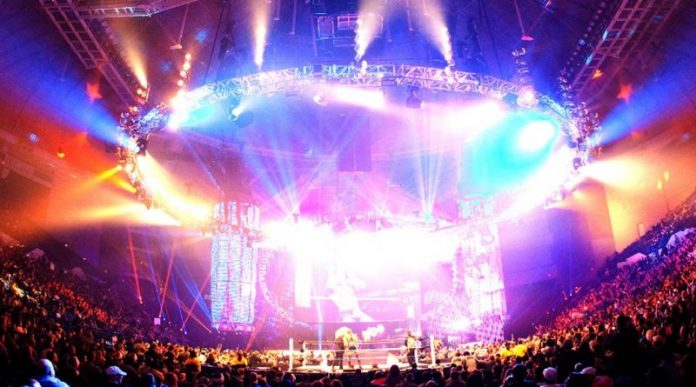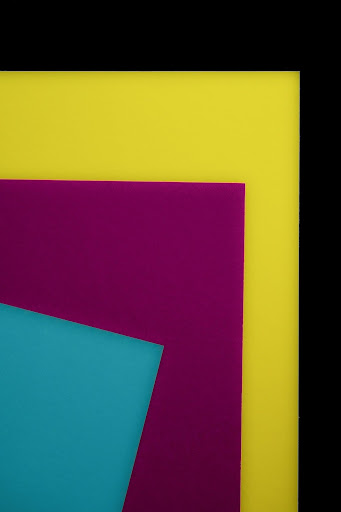
Making a poster is a difficult task in and of itself, but designing a poster for printing is even more challenging! However, you don’t need to be afraid of that as if you go to https://create.vista.com/create/posters/, you can find thousands of templates, pictures, and other tools that will help you make a great poster for your campaign.
That said, the biggest problem arises when the physical copies of the poster do not look as good as the digital one. This is because to print a picture-perfect page, you need to follow many guidelines. People have trouble formatting their work for print because they are used to making content only for digital consumption.
However, it is essential to know this skill as posters are a form of advertisement that will never go obsolete. You never know when you might need to print a poster!
Therefore, we have devised a list of things you should keep in mind so that the tangible copy of your poster is as great as the digital one.
5 Guidelines to Follow for a Picture-Perfect Physical Poster

-
Work with the Right Color Space
The print version of the poster does not usually have the same vibrant colors as the digital one. This is because computers use the RGB (red, green, blue) color space since they are backlit, in contrast to printers that use the CMYK (cyan, magenta, yellow, black) color system for their inks.
So, to avoid any disappointments, employ the CMYK color scheme while designing your posters and enjoy the exact colors you imagined while creating.
Alternatively, you can change the file into a CMYK document to get an idea of what the poster will look like in its physical form. Also, a sepia-like hue will appear if you don’t convert the black-and-white photos on the poster to grayscale. Hence, do not overlook that step!
-
Allow Space for Bleed
Bleed is the area of your artwork that extends past the point at which the paper is trimmed. It is important to allow space for bleed to ensure no white outlines, as they can make your poster look messy and unprofessional.
Plus, since no cutting apparatus or guillotine can be acutely precise in cutting along the trim line, there must be some space for error, and bleed helps achieve that.
-
Design Your Poster in 300DPI
Images used for digital purposes have a low resolution, so the result is pixelated when the same pictures are used for printing.
Also, since digital files are typically huge, the image resolution appears fine on screen. However, the outcome is entirely different when the same document is printed on paper.
Therefore, it is important that you set all your files to a resolution of 300 dpi (dots per inch) to ensure the best printing results.
-
Use the Right Format to Share Your Document File
If the file is sent in the wrong format, the printer won’t accept it, so you need to re-send it. However, sometimes the printer accepts the file, but a botched print run happens that renders your posters useless, causing you to lose time on top of losing money.
Your file must, therefore, have a specific size and format so that the printer can read it accurately. Hence, to avoid any hassle or unfavorable results in the form of bad prints, make sure your document is in PDF format.
-
Select the Right Paper
Paper quality is the most important thing to consider when printing your poster. However, with so many options available, it can be challenging to settle on one. Therefore, before making a decision, you should ask yourself the following questions:
- Where are you going to put your poster?
- How do you want it to look?
- How long should the poster last?
- Is the paper displaying your design correctly?
- Does it fall within your price range?
Remember that a high-quality piece of paper can bring your artwork to life and affect how your audience will react. Hence, you must choose wisely.
-
Bonus Tip!
Never hesitate to ask your printer for help! You will find yourself getting stuck a lot, especially in the beginning, so it is always a good idea to ask the experts at the printing press themselves for any assistance you may require in the process.
Also, ensure that you work with people who offer reliable services and prioritize quality above everything.
Final Words

Following the guidelines mentioned above, you can ensure that the printing results are immaculate and that your physical poster looks exactly the way you imagined!







